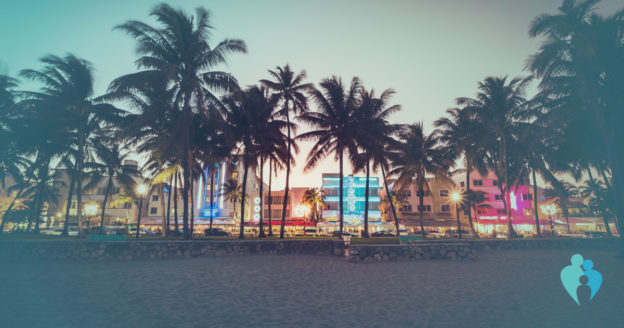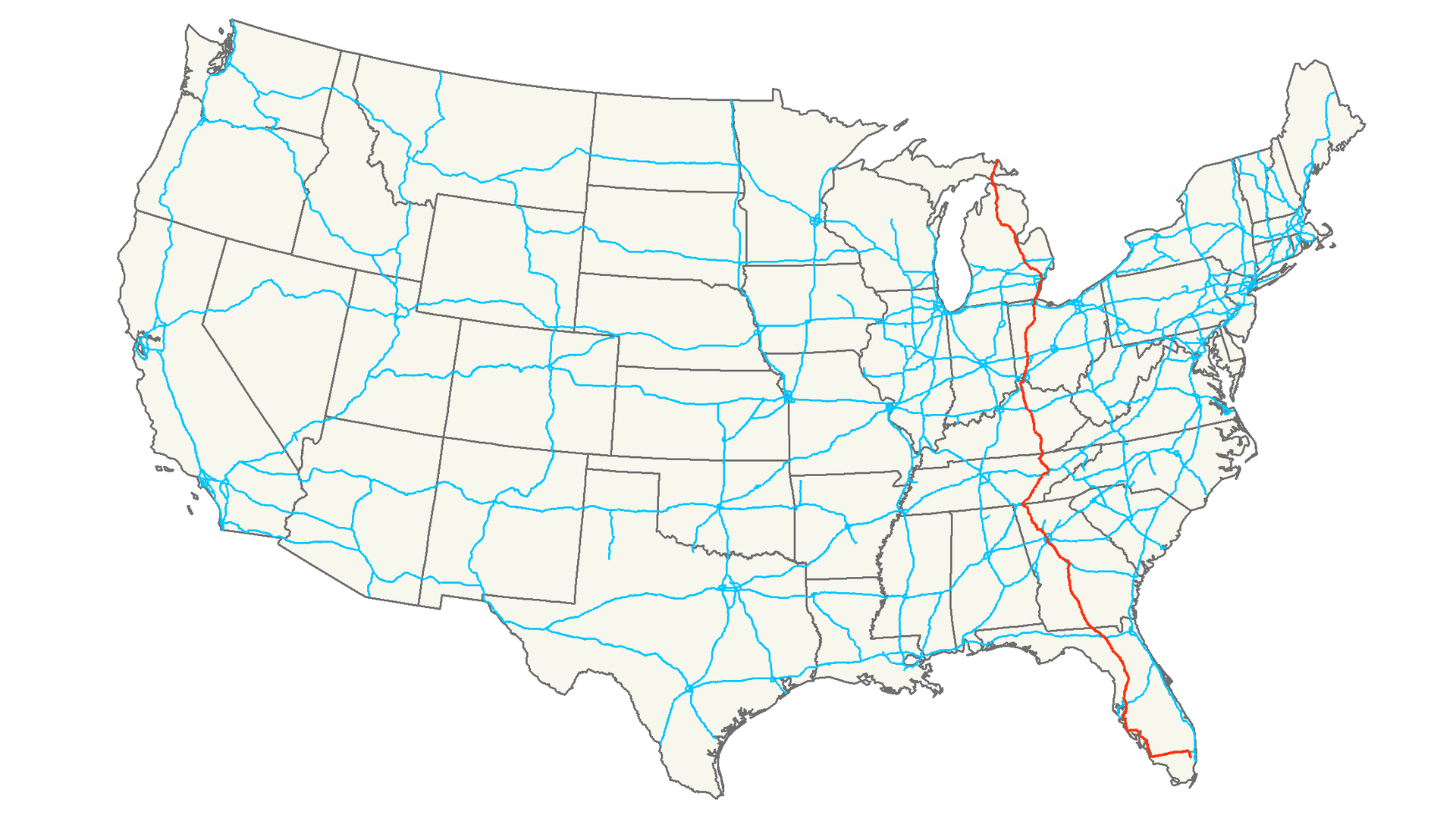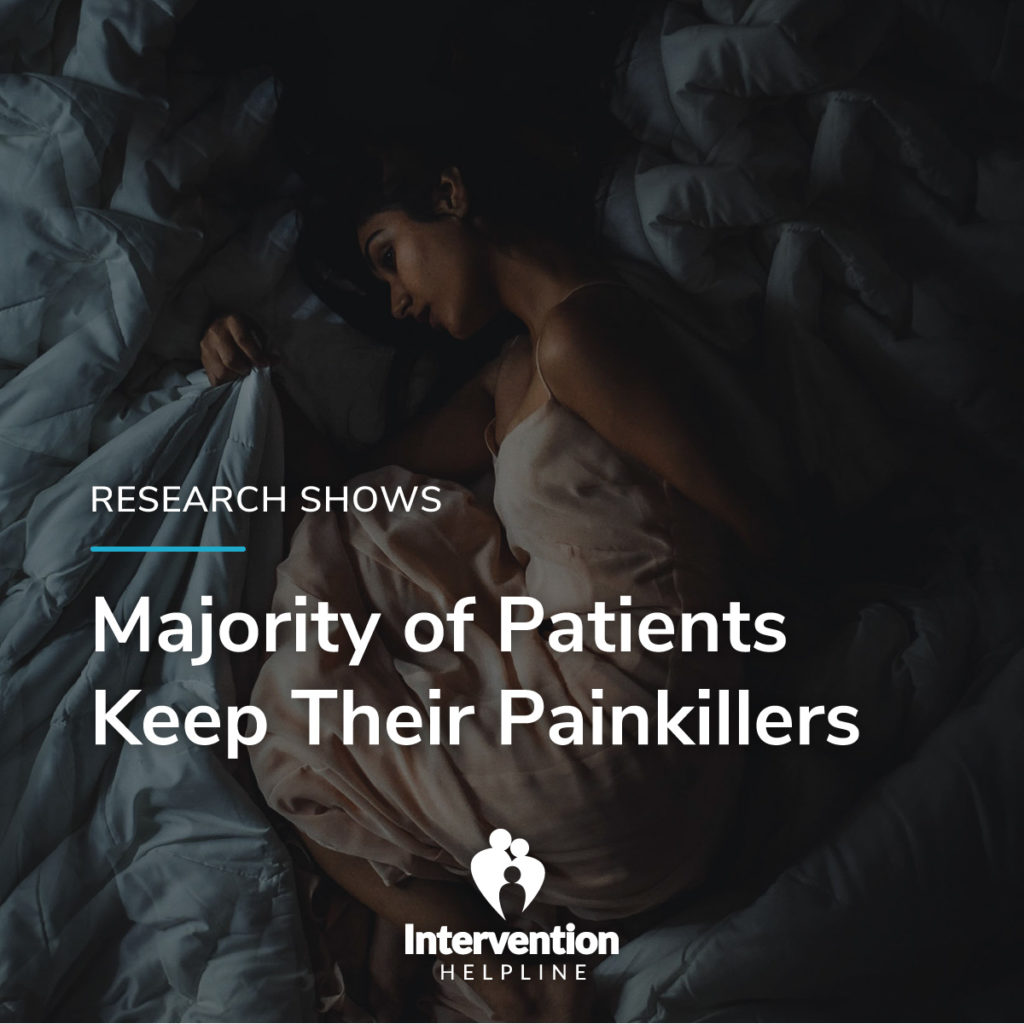DEA reports, and an exclusive investigation from Florida newspaper The Palm Beach Post, suggest that the opioid epidemic in the United States began in Florida in the early 2000s, before a series of events led to the subsequent rise in heroin use.


As more doctors prescribed more opioids for everything from joint pain to minor injuries, even more people began to develop addictions to opioids. The free flow of prescription drugs continued through the early 2000s, when states began establishing prescription drug monitoring programs.
When PDMPs were set into place in a state, the easy access to the drugs stopped overnight, and those that were already addicted either turned to purchasing pills on the streets illegally, or switching to heroin (which offers the same effects as opioid pills).
Some opioid addicts would simply move from one state to the next, as states began implementing prescription drug monitoring programs. When California established PDMPs and stopped filling prescriptions for addicts, the addicts would get their prescriptions filled in Nevada, or Utah, or any state that did not yet have a PDMP in place.
Florida was one of the last states to implement a prescription drug monitoring program, and the state officials never took the opioid addiction problem as seriously as they should have – at least not until it was too late.
By 2010, Florida had a reputation around the country for being a haven for those addicted to opioids and heroin. Addicts in New York, Chicago, or even as far away as Washington State knew of the relaxed outlook on prescription opioids in Florida. Many of those addicts chose to move to Florida permanently, and have 24 hours easy access to the “legal” drugs, rather than staying where opioids were more controlled and heroin harder to find.
Doctors in Florida were prescribing 10 times more prescription opioid drugs than doctors in other states, in 2010, and pain clinics – that would write prescriptions to anyone at any time – were found in strip malls on nearly every corner of the Florida cities.

Interstate 75: The Oxy Highway
Interstate 75 runs from Miami, Florida to the northernmost point of Michigan. It was nicknamed the “Oxy Highway” by drug users, drug traffickers, and law enforcement alike, as it was the main route that dealers would use to purchase prescription opioids in Florida before trafficking them north to Tennessee, Kentucky, Ohio, and to any other state in the country.
With Florida being the last state where drug dealers could easily obtain prescription pills, the epidemic of prescription drugs being available for illegal purchase on the streets spread to every state, with Florida acting as the supply hub.
Nearly everyone who was addicted to prescription opioids at the time remembers June of 2011. On June 3rd, 2011, Florida Governor Rick Scott signed HB7095 into law. Nicknamed the “Pill Mill Bill,” HB7095 began the long-overdue crackdown on prescription opioids in Florida.
“I am proud to sign this bill which cracks down on the criminal abuse of prescription drugs,” said Scott. “This legislation will save lives in our state and it marks the beginning of the end of Florida’s infamous role as the nation’s Pill Mill Capital.” – Governor Rick Scott, June 3rd, 2011
In Governor Rick Scott’s “Mission Accomplished” moment, the Governor prematurely spoke on what the law would actually do. Sure, it would save lives far down the road, but for those that were already addicted to opioids, the nightmare had just begun. The Governor promised that lives would be saved by the signing of the bill, but in actuality, this was the beginning of a heroin epidemic which would kill unprecedented amounts of Americans in the next 7 years.
When Florida signed HB7095 was signed into law on June 3rd, 2011 the opioid epidemic did not end, it simply shifted its form, and on June 4th, heroin dealers had already begun to sell heroin as a replacement for the now almost impossible-to-find opioid pills.
Heroin is chemically similar to painkillers; both are derived from opium, and both drugs can be used interchangeably to fight off “dope sickness” or the torturous withdrawal symptoms of opioid withdrawal. Prescription drug addicts – many of whom did not consider themselves addicts, nor wanted anything to do with heroin – were left with no help as they began feeling withdrawals from the lack of prescription drugs in their systems. Many turned to heroin.
“I can remember the day that we stopped seeing them [Prescription Opioid Pills]. The very next day, heroin showed up.” – Will Lockwood, Former Addict & Addiction Counselor
If the crackdown on prescription drug “pill mills” marked the end of doctors as drug dealers, it also marked the beginning of a new and booming business opportunity for heroin dealers. Overnight, heroin dealers began moving into Florida in droves.
In Kentucky, a state that was seeing heavy amounts of prescription pills illegally “imported,” the sudden lack of opioid supply invited Detroit gangs and their street heroin into the state. On the East Coast – in New York, Philadelphia, and Boston – heroin prices surged as the demand skyrocketed. In nearly every state in the country, the demand for heroin increased, and the supply from illegal drug dealers followed.

Thousands of overdoses were being seen all around the country – and many of those affected were not stereotypical “junkies,” and were not from poor urban areas – those overdosing were from all walks of life, all demographics, and even patrons and matrons from well-to-do families were suffering from overdoses.
The rise in overdoses was directly tied to the influx of synthetic opioids like fentanyl and the elephant tranquilizer Carfentanil being mixed into heroin products. A sharp rise in overdose deaths continued around the country from 2014 through 2016, with more than 64,000 dying in 2016 alone. This signified a 540% increase since 2013.





 All Rights Reserved | Privacy Policy | HIPAA Privacy Policy | Sitemap
All Rights Reserved | Privacy Policy | HIPAA Privacy Policy | Sitemap